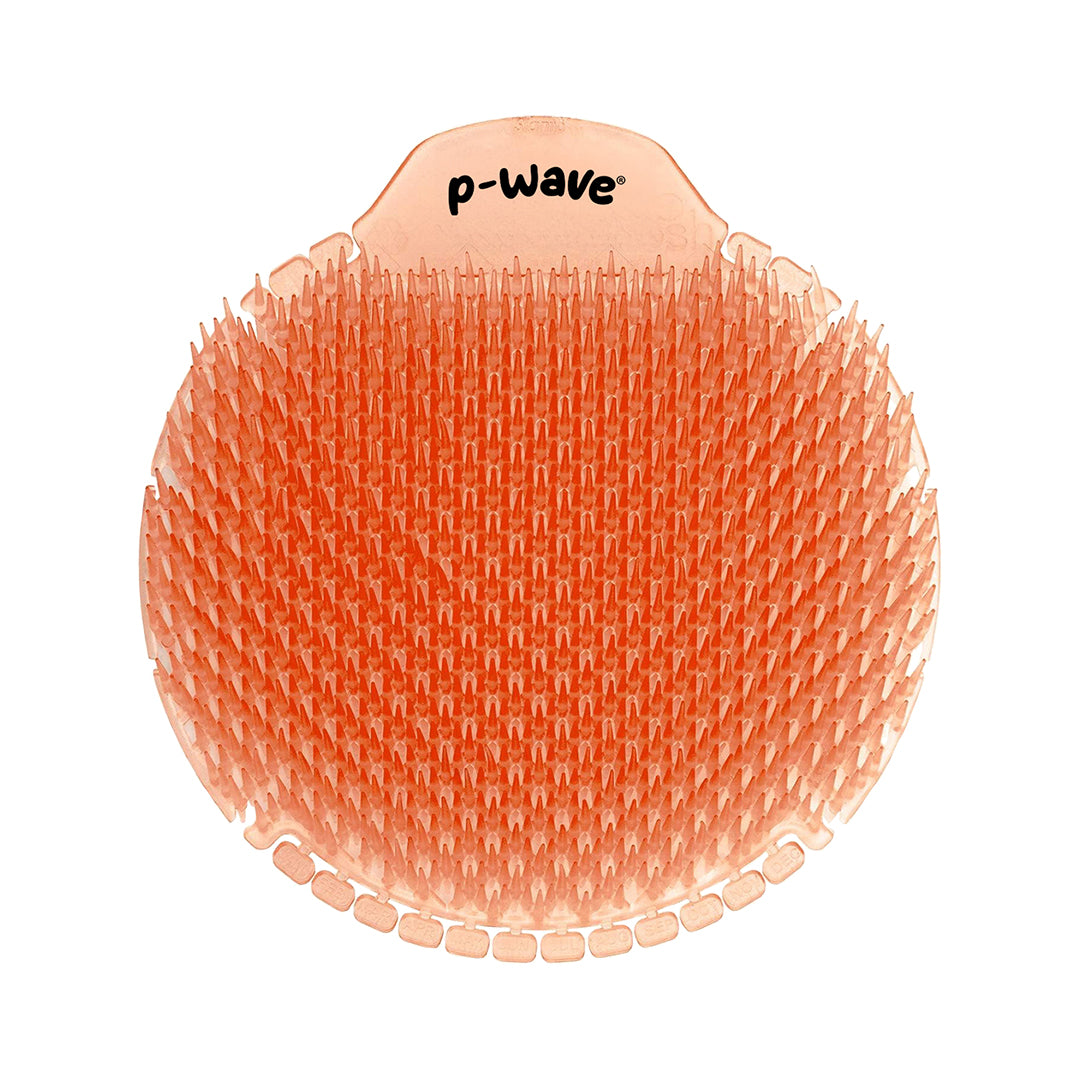
Something in the air? The importance of choosing the correct air freshening systems in a healthcare environment
Share
Improving air quality and freshness throughout a care facility is essential. A pleasant fragrance can be powerfully emotive, setting the mood, creating a memorable experience, and signaling high standards of cleanliness and hygiene.
With many years of experience in delivering efficient air-freshening solutions, we recommend dry fragrances rather than atomisers or aerosols. They are cleaner, safer, and produce a more consistent fragrance for longer. This not only reduces health and environmental concerns but can also save money.
The limitations of traditional air-freshening systems
Traditional tab and aerosol spray air fresheners are affordable, portable, and easy to install, which has kept them in use for decades, particularly in smaller or lower-footfall spaces. However, these formats are now under increased scrutiny in commercial settings.
Unless completely empty, aerosol-based systems are treated as hazardous waste due to their flammable and pressurised contents, adding complexity for businesses that must handle and dispose of them carefully.
Aerosols can also be wasteful, as dispensing isn’t properly controlled, which can lead to overuse.
Over-exposure to aerosol particles can be especially harmful in healthcare environments. Liquid fragrances delivered through aerosols or atomisers contain volatile organic compounds (VOCs), which the US Environmental Protection Agency identifies as potentially harmful*. VOCs may cause headaches, asthma attacks, breathing difficulties, or neurological problems, while short-term exposure can irritate the eyes, throat, and nose, or cause nausea.
Because aerosol delivery involves a concentrated initial burst, it can affect anyone nearby. In contrast, dry fragrances are gradually released over 30 days, creating a safer, more pleasant environment.
Why dry fragrances are safer
Wet fragrance formats can release heavy micro-particles that fall to the floor, reducing effectiveness and creating slip hazards that add to cleaning requirements. Dry fragrances remain suspended in the atmosphere for longer and, being undiluted, provide extended performance.
If you’re tired of the clouds of wet, sticky solvents and propellants produced by aerosols, dry fragrance systems offer a safer, more modern alternative. They improve ambience without the risks associated with traditional sprays.
Sustainability and the future of air freshening
The air-freshening industry is evolving rapidly, with many manufacturers moving away from traditional aerosol and tab systems. New solutions focus on sustainability, automation, simplicity, and compliance. These include passive fragrance systems that release scent consistently without propellants or batteries, as well as programmable dispensers with motion or light sensors for controlled use.
The future of air-freshening will be smart, sustainable, and data-driven. We expect to see more connected dispensers that monitor fragrance levels and send refill alerts, greater use of biodegradable materials, and wider adoption of closed-loop recycling schemes.
As innovators in the industry, we know that cleanliness and hygiene remain the most important aspects of managing premises, while sustainability is increasingly vital. The refills for our air freshening units are recyclable (where facilities exist), contain no propellants or solvents – only fragrance – and have very low VOCs.
With years of experience and a consultative approach, we can make recommendations on how best to maintain great smelling premises.
 MyFresh, from Robert Scott's P-Wave brand, revolutionises air freshening in smaller spaces with unmatched efficiency and cleanliness.
MyFresh, from Robert Scott's P-Wave brand, revolutionises air freshening in smaller spaces with unmatched efficiency and cleanliness.
 The Easy Fresh system from Robert Scott's P-Wave brand, ensures a constant release of fragrance from the recyclable cover, filling the room for a full 30 days.
The Easy Fresh system from Robert Scott's P-Wave brand, ensures a constant release of fragrance from the recyclable cover, filling the room for a full 30 days.

